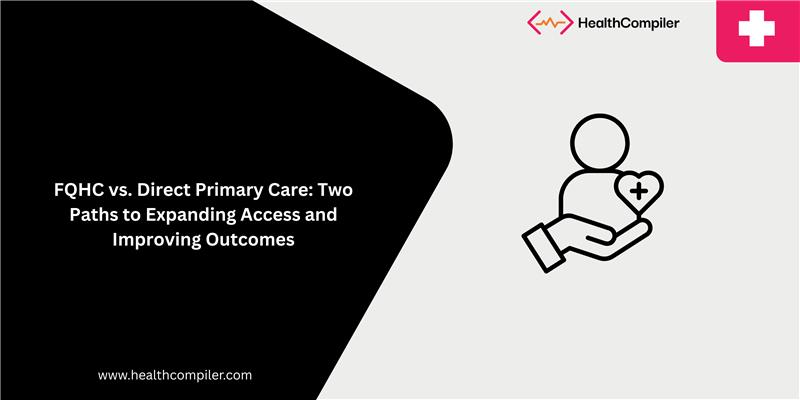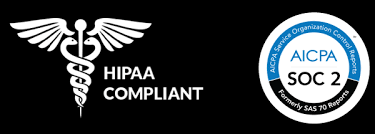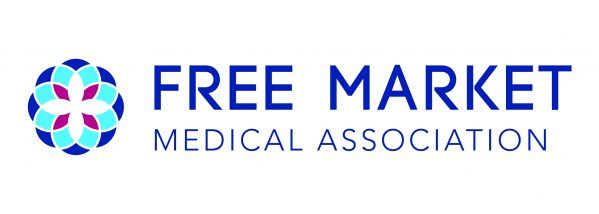FQHC vs. Direct Primary Care: Two Paths to Expanding Access and Improving Outcomes

When it comes to rethinking primary care models in the United States, two approaches often rise to the top: Federally Qualified Health Centers (FQHCs) and Direct Primary Care (DPC). Both are designed to make healthcare more accessible and affordable, but they go about it in very different ways.
For practitioners, employers, and policymakers, understanding the strengths and trade-offs of each model isn’t just academic, it’s essential for shaping better health outcomes and smarter healthcare strategies.
What Is an FQHC in Healthcare?
A Federally Qualified Health Center (FQHC) is a community-based healthcare provider that receives federal funding to deliver primary care services in underserved areas. In many communities, FQHCs act as the front line of the healthcare safety net.
Key FQHC requirements include:
- Community focus: They must serve federally designated underserved populations.
- Comprehensive services: Beyond primary care, most offer behavioral health, dental, and pharmacy.
- Affordability: Patients pay on a sliding fee scale tied to income.
- Governance: A majority of the governing board must be patients.
- Funding & support: They receive federal grants and enhanced Medicare/Medicaid reimbursement.
With over 30 million patients served annually, FQHCs are essential for uninsured or underinsured populations. But with that reach come operational complexities. FQHC billing and coding requirements, for example, are tightly regulated, with specific FQHC billing guidelines that practices must follow. This makes FQHC in medical billing very different from private practice operations.
What Is Direct Primary Care (DPC)?
In contrast, Direct Primary Care is built on simplicity. DPC practices use a membership model, where patients, or sometimes their employers, pay a flat monthly fee for unlimited access to a physician.
Key features of DPC include:
- Membership-based: Patients pay directly, avoiding traditional insurance billing.
- Unlimited access: Same-day or next-day visits, extended appointment times, and direct communication with physicians.
- Employer alignment: Many employers adopt DPC as part of their self-funded health plans.
- Focus on prevention: With smaller patient panels (600–800 vs. 2,000+ in fee-for-service), physicians can spend more time on preventive and chronic care management.
This direct primary care vs. traditional fee-for-service model difference is crucial. Where traditional billing systems often emphasize volume, DPC restores time for relationships, prevention, and personalized care.
FQHC vs. DPC: The Key Differences
Comparing FQHC vs. Direct Primary Care is less about competition and more about understanding how each model serves different needs.
Funding model
- FQHCs rely on federal grants along with Medicare/Medicaid and insurance reimbursements.
- DPC runs on direct membership fees paid by patients or employers.
Population served
- FQHCs focus on underserved communities, uninsured individuals, and Medicaid/Medicare patients.
- DPC is often chosen by patients or employers looking for proactive, relationship-driven care.
Cost structure
- FQHCs use a sliding fee scale and insurance billing.
- DPC keeps it simple with a flat monthly membership and no insurance billing.
Scope of services
- FQHCs typically provide broad services that may include dental, behavioral health, and pharmacy.
- DPC is centered on primary care, often partnering for specialty or advanced services when needed.
Access
- FQHCs frequently face high demand, which can mean longer wait times.
- DPC offers same-day or next-day visits with smaller patient panels, making access easier.
Governance
- FQHCs are federally regulated and must have patient-majority boards.
- DPC practices are usually physician-owned and operated, giving doctors more autonomy.
At a glance: FQHCs prioritize inclusivity and broad service coverage, while DPC emphasizes accessibility, time, and preventive care.
Where FQHCs focus on inclusivity and comprehensive service, DPC emphasizes simplicity, access, and prevention.
Where They Intersect
At first glance, these models may seem worlds apart. But in reality, they both share common ground: access, prevention, and affordability.
- Community focus: FQHCs guarantee care for underserved populations. DPC provides deeper physician access for those inside the model.
- Employer opportunity: DPC gives employers a tool to improve outcomes and reduce costs, while FQHCs remain vital for communities with high uninsured populations.
- Data and accountability: Both models benefit from showing measurable impact, whether through
FQHC billing and coding reports tied to grant outcomes or DPC analytics proving reduced ER visits and specialist referrals.
Why This Matters for Practitioners, Employers, and Policymakers
The healthcare system isn’t moving toward a single “one-size-fits-all” solution. Instead, the future will be a mosaic of primary care models.
- FQHCs will remain the backbone of the safety net, providing comprehensive care to underserved populations.
- DPC will continue to expand as an option for employers and patients seeking proactive, relationship-driven primary care.
Both models prove one thing: when primary care is strengthened, outcomes improve systemwide. Whether through federally supported centers or market-driven direct care practices, the opportunity lies in giving primary care the central role it deserves.
Final Thought
FQHCs and DPCs aren’t competitors, they’re complementary. Both fill critical gaps in the system, each offering lessons in access, prevention, and sustainability. For practitioners and employers alike, understanding FQHC vs. direct primary care isn’t just about comparing structures. It’s about asking the bigger question: how can we build a healthcare system that delivers both access and outcomes for all?



